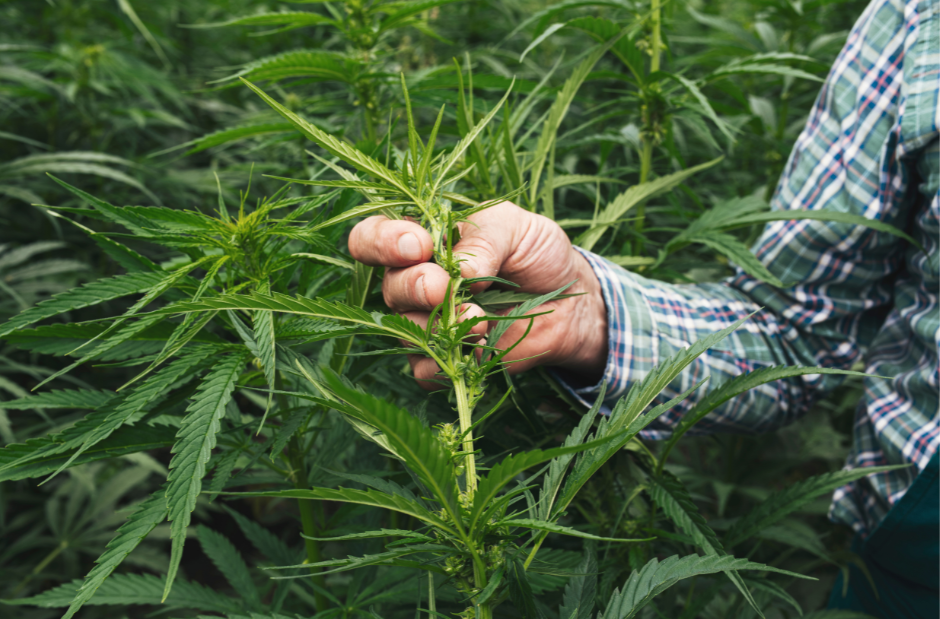Climate change and sustainable farming practices have been a hot topic of conversation over the last decade. Some individuals direct their focus to creating renewable energy resources, while others focus on water conservation. In fact, there are hundreds, if not thousands, of ways to help improve the planet for future generations to come. Hemp is just one of these ways.
Hemp is a useful plant for dozens of different reasons. The influx of biomass on the market has accelerated cannabinoid research in the medical field. Hemp seeds can be a useful source of protein and fiber for both humans and some animals. Products traditionally made with paper can now be created using hemp fiber. And speaking of hemp fiber, even houses can be made from it.
So with all of the things hemp can do, how can it help improve farming practices and improve/repair soil quality?
It All Starts at the Roots
In the 1930s, the United States faced a crisis that became known as the Dust Bowl. A combination of drought and unsustainable farming practices led to widespread soil erosion across America’s farmlands. The Library of Congress notes that “farmers plowed the prairie grasses and planted dryland wheat. As demand for wheat grew, cattle grazing decreased, and millions more acres were plowed and planted.”
Removing the native prairie grasses left the soil vulnerable to harsh elements, especially the powerful winds that swept across states like Kansas and Oklahoma. This led to a devastating chain of events, which later became a prominent theme in American art and literature.
Today, we understand that native plants—or plants with deep root systems, like hemp—can help prevent such erosion. With sustainable agricultural practices, these plants can reinforce the soil and protect it from the effects of wind and water erosion.

How Hemp Can Help Repair Soil
Hemp is not only beneficial for maintaining soil integrity, but it also has the ability to repair damaged soil. This occurs as the plant absorbs heavy metals, pesticides, and other pollutants, storing them until harvest.
A 2020 study published by GCB Bioenergy highlights hemp’s role in phytoextraction, stating that hemp effectively absorbs heavy metals and radionuclides, with contaminants being distributed throughout the plant in varying concentrations.
Current Research on Hemp for Soil Remediation
Recent studies continue to explore the potential of hemp in soil repair. A 2022 paper from USDA-ARS-Western Regional Research Center in California confirmed that industrial hemp is effective in extracting heavy metals from soil. The research revealed that hemp’s deep roots make it particularly tolerant to metal accumulation, and the plant’s biomass offers valuable commercial uses post-harvest.
Advancements in soil remediation research have accelerated in recent years, fueled by the broader legalization of hemp, which has increased the availability of biomass. This has opened up new opportunities for further study.
The Bottom Line
Hemp offers a versatile solution for various environmental challenges, including soil repair and preservation. With its proven ability to extract harmful contaminants and reduce soil erosion, hemp presents significant promise. However, the next critical step is determining the most effective use for hemp after it’s harvested. While many possibilities exist, the future of hemp in soil restoration continues to unfold, and the answers are still emerging.
